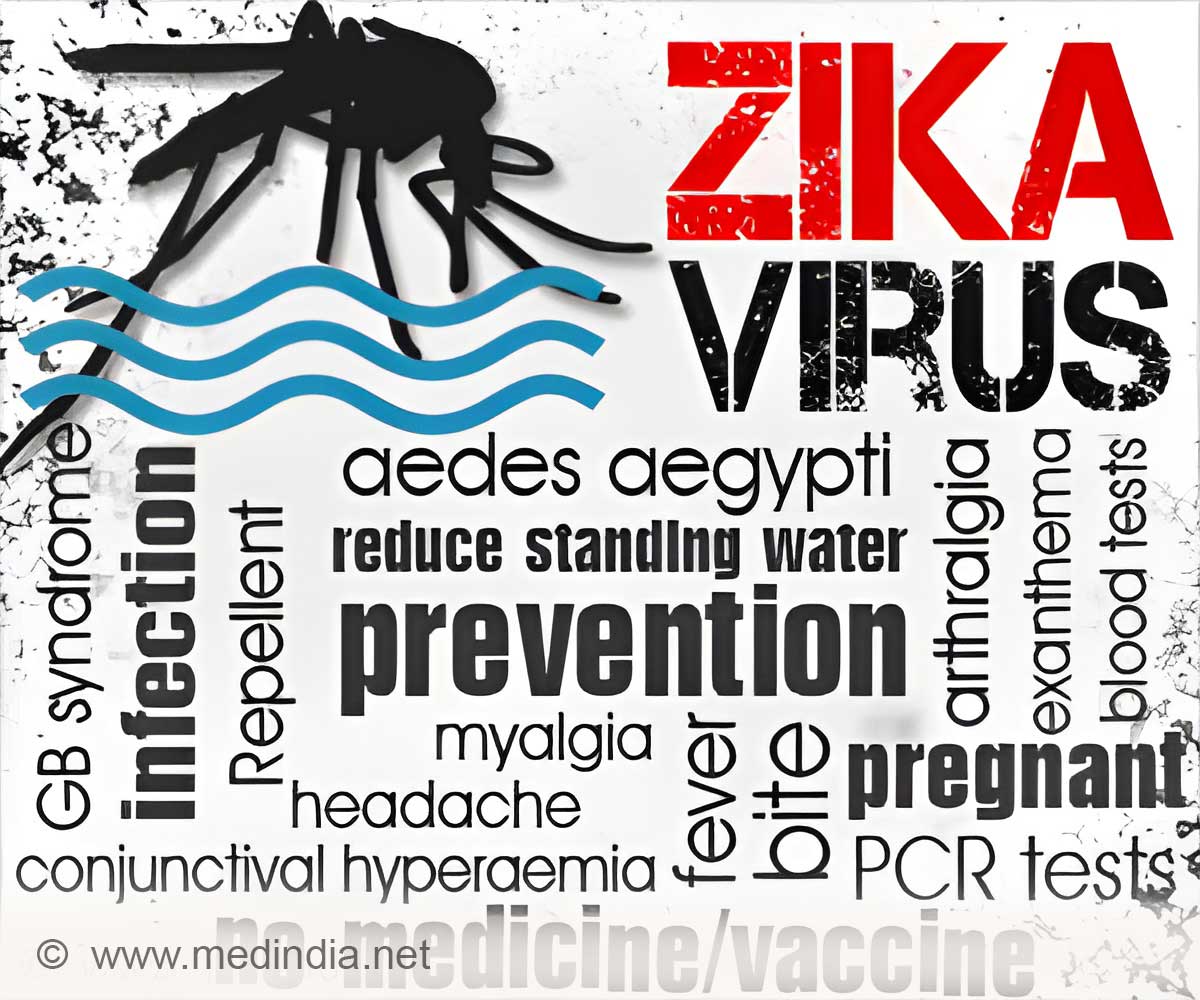
‘There is no vaccine or medicine for Zika. The CDC has issued travel warnings for pregnant women in countries where the disease is spreading.’
Tweet it Now
Their findings highlight both the potential widespread presence of the mosquitoes as well as gaps in local surveillance capabilities crucial to understanding the threat of Zika and other mosquito-borne diseases such as dengue and chikungunya. Through a county-level survey of vector-control professionals, entomologists, and state and local health departments, conducted initially in 2015 and again in 2016, CDC researchers developed what they call "our best knowledge regarding the current distribution of Ae. aegypti and Ae. albopictus in the United States." Reported in the Entomological Society of America's Journal of Medical Entomology, the historical county-level records compiled by the CDC show Ae. aegypti reported in 220 counties in 28 states and the District of Columbia between 1995 and 2016 and Ae. albopictus reported in 1,368 counties in 40 states and DC during that time.
In addition, the data show that in some places the percent of mosquitos found during 1995-2016 was higher, though the researchers attribute the increase not to any sudden spread of the mosquitoes but rather to the increased attention on the risks posed by Zika and other diseases, says Rebecca Eisen, Ph.D., research biologist with CDC's Division of Vector-Borne Diseases and co-author of the study.
"The study reveals gaps in mosquito distributions--likely resulting from lack of local surveillance rather than mosquitoes being absent," she says. "Prompted by the Zika outbreak, states began work to better assess the distribution and abundance of these mosquitoes, locally. The updated survey CDC conducted in fall 2016 demonstrated that intensified surveillance in the summer of 2016 resulted in Ae. aegypti or Ae. albopictus being collected in many counties where there were no records for them in recent decades."
Eisen emphasizes that the findings illustrate the presence, not abundance, of the mosquito species, and they are not meant to represent risk for spread of Zika or any other disease. The findings also do not show how many mosquitoes are living in an area or the exact locations of the mosquitoes. But the data does allow the CDC and local stakeholders to better direct surveillance and control efforts. For instance, in counties where Ae. aegypti or Ae. albopictus have not been recorded but that neighbor areas where they have, the CDC can model the county's suitability for the mosquitoes to be present.
Advertisement
For the survey, the mosquito species was considered "present" in a county in a given calendar year if at least one specimen of any life stage of the mosquito was collected, using any collection method, during that year. Ae. aegypti was reported in all southern U.S. states, with most county reports coming from southern California, Arizona, Texas, Louisiana, and Florida. Reports in neighboring Alabama, Mississippi, Georgia, and South Carolina, however, were more sporadic. Ae. aegypti is generally known to thrive in tropical and subtropical climates.
Advertisement
Source-Eurekalert









